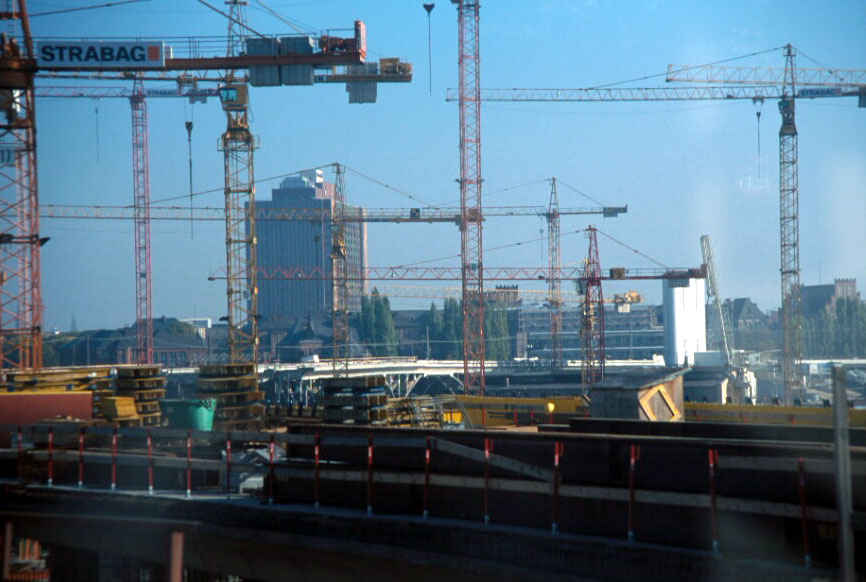
Most of those who oppose the program of critical reconstruction in Berlin have their own images to propose. Often they want to keep the city's openness and reputation for experimentation as their main theme. They recognize that a "rare possibility thus exists to realize a vision of urban life distinctly at odds with the chaotic and exploding forms of the American and Asian cities of the second half of the century." (Wolf 1998, 150)

All the planners and reformers agree on creating an image for Berlin, and are disputing what the theme should be. Wolf's claims that they all "are heirs of Walt Disney. They are Imagineers: experts at the theatrical adaptation of an urban theme." (Wolf 1998, 204) This theming may be good for development.
The reconstruction of a 19th-century city at the border of the 21st century is an exercise in fantasy and national mythmaking. But Berlin's savviest entrepreneurs and corporate executives well understand the commercial power of fantasy. Alongside the government buildings, they are building a multibillion-deutschmark theatrical event whose theme is "great city." Their goal isn't the literal re-creation of an industrial city, but the creation of a new, convincing urban environment that will attract a new audience of tourists and knowledge workers. (Wolf 1998, 145)
For the privileged knowledge workers . . . Berlin is not a central node on a shipping network, but a lifestyle choice. (Wolf 1998, 204)
(c) David Kolb, 1 August 2001